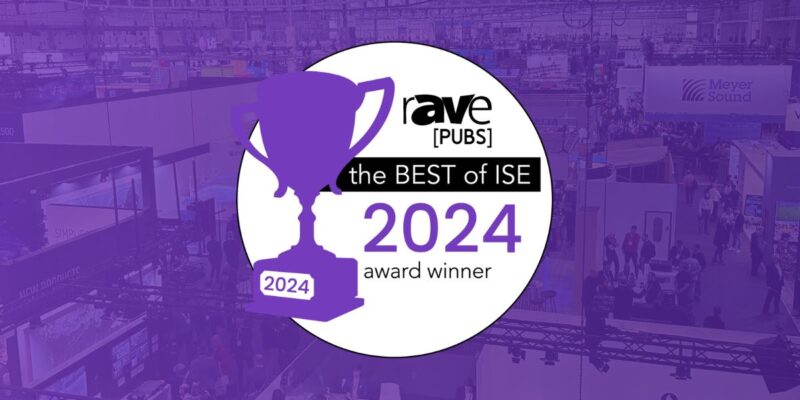Sharp Samsung Alliance – An Alliance of Mutual Benefits
 According to news reports, Sharp is in talks with Samsung on concluding a capital and business alliance. The two sides are believed to be in final negotiations, with Sharp likely to receive around 10 billion yen ($107M) in investment from Samsung, in exchange for a 3 percent stake of Sharp. We believe Samsung’s main purpose is to secure panel supply from Sharp, especially 32” produced on the Gen 8 line (Kaymeyama-II fab) and 40” and 60” from Gen 10 (Sakai fab). Sharp also produces mobile device panels with high resolution using CGS (a form of LTPS) and oxide TFT technology, so it is also likely that Samsung, with huge demand for mobile panels, will also purchase the high resolution mobile panels from Sharp. We believe this decision can be attributed to several causes:
According to news reports, Sharp is in talks with Samsung on concluding a capital and business alliance. The two sides are believed to be in final negotiations, with Sharp likely to receive around 10 billion yen ($107M) in investment from Samsung, in exchange for a 3 percent stake of Sharp. We believe Samsung’s main purpose is to secure panel supply from Sharp, especially 32” produced on the Gen 8 line (Kaymeyama-II fab) and 40” and 60” from Gen 10 (Sakai fab). Sharp also produces mobile device panels with high resolution using CGS (a form of LTPS) and oxide TFT technology, so it is also likely that Samsung, with huge demand for mobile panels, will also purchase the high resolution mobile panels from Sharp. We believe this decision can be attributed to several causes:
- Samsung and Sharp have long been rivals, but Sharp has apparently determined that forming an alliance with its rival in flat-screen TVs and mobile phone handsets is required to improve its performance and financial standing. Sharp has been struggling with its financial position and has been seeking investment, including Foxconn (which invested in 50 percent of its Sakai Gen 10 fab) and Qualcomm (which invested in $120M and has more than a 5 percent stake). Sharp is also in talks with Intel and Dell. The near-term financial need for Sharp is a loan payment of 200 billion yen in Q3’13.
- Samsung’s purpose is mainly to secure TV panels, especially 32”, 40” and 60”. According to the Quarterly LCD TV Value Chain Report, Sharp has been a key supplier of 40” to Samsung, with more than 400K per quarter, and 60” with more than 200K per quarter in Q3’12. Due to the reduced orders for displays for Apple’s iPad, Sharp has been shifting Gen 8 capacity, which was originally making 9.7” tablet PC panels, to produce 32” LCD TV panels for Samsung. With the Taiwanese retreating from supplying 32” panels, Samsung is eager to secure a new source. Sharp started to ship 32” to Samsung at the beginning of 2013. In total, Samsung will be buying more than one million panels from Sharp, so it may make sense for Samsung to invest to secure the source.
- Given that Sharp is a leader in oxide TFT technology, especially at Gen 8, it’s possible that Samsung can utilize the oxide TFT backplanes from Sharp for its AMOLED TV.
- This may indicate that Samsung wants to continue to source a certain percentage of panels externally. There are indications that Samsung Display is reducing the scale of its own TFT LCD fab investment in China. It’s possible that the Samsung group intends to curb new TFT LCD capacity expansion and focus more on AMOLED TV.
- Foxconn has been intending to make additional investments in Sharp to access more high resolution displays for mobile devices. But Sharp has been reluctant to give Foxconn additional control. The investments from Qualcomm, possibly Intel, and now Samsung indicate that Sharp’s strategy is to balance multiple investors rather than rely on one. Foxconn might not be happy with this because of its poor business relationship with Samsung. However, as Foxconn is seeking to grow its OEM/ODM business and Apple’s growth is limited, it’s also possible that Foxconn will start to talk with Samsung about an OEM/ODM relationship on LCD TV and other mobile devices.
In the business world, there are no permanent enemies or friends. Sharp and Samsung disliked each other in the past, but the present realities may lead them to work together. Sharp is becoming a big ship, with investments from many companies. All of these investors will see different benefits and conflicts in this big Sharp ship.
This column was reprinted with permission from DisplaySearch and originally appeared here.





